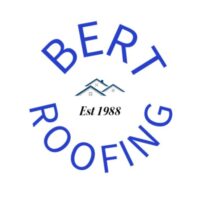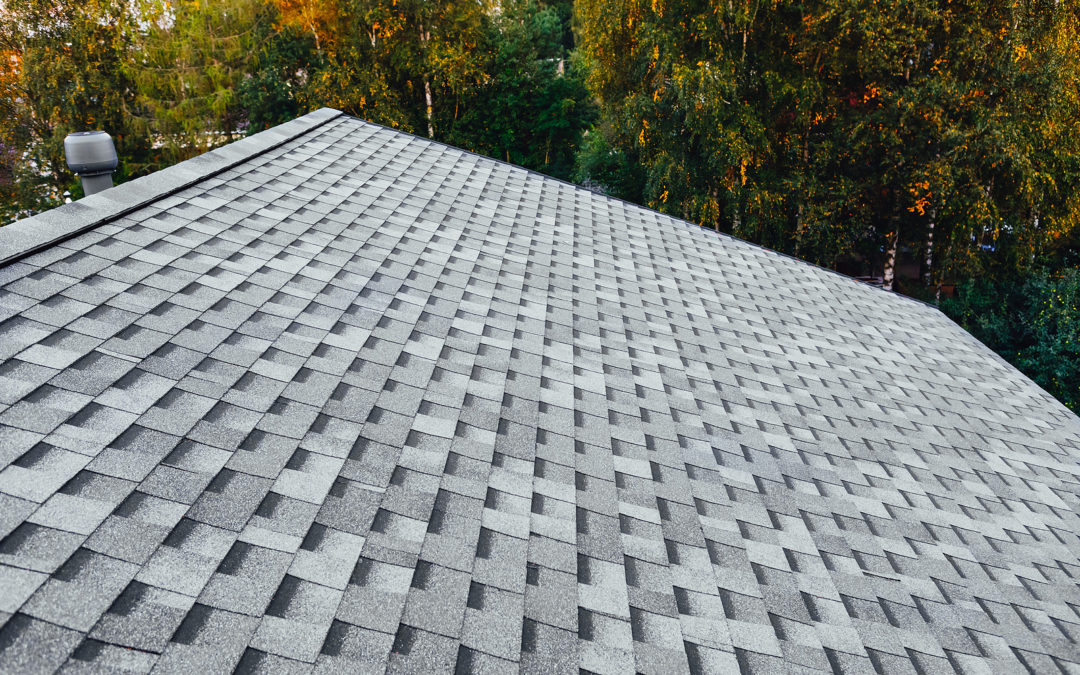Roofs come in many forms. For housing, asphalt shingles are dominant, but that isn’t the case for commercial buildings. Larger buildings tend to benefit from flat roofs, and protecting a flat roof is an entirely different concept from protecting a pitched roof.
Your commercial building needs the right design and materials to stand up to weather and function as intended. Much of that was covered during construction, but virtually every flat roof can benefit from an additional coating. The right coating can lower cooling costs, prevent leaks, and add durability and longevity to your roof.
But, there are as many coatings as there are types of roofs. How do you choose from among them? Which is the best roof coating? We’ll cover all of that below. We can simplify the discussion by focusing on the four most common types of coating and showing you the unique advantages of each.
Silicone
Silicone roof coatings have grown massively in popularity over the last decade, and for good reason. Silicone coatings adhere very well to roofs, making them easy to apply in a wide range of scenarios. Silicone is very elastic, which allows it to withstand uneven topology and impacts from severe weather.
Silicone is extremely weatherproof, and it is the best material for resisting hardening and embrittling. This is why it is the very best option for dealing with ponding. Any roof with ponding issues will prefer a silicone coating — especially in those areas. The lack of cracking and abundance of longevity allows the silicone to protect against ponding for years.
Silicone is extremely resistant to UV, but it tends to hold dirt, and that reduces reflectivity over time. Most importantly, additional coatings will not adhere well to silicone, so you cannot add an additional layer on top.
Acrylic
Acrylic forms a hard coating that is still flexible. Because of this, it is an industry leader when it comes to resisting hail damage. Acrylic is also off the charts for UV resistance and reflectivity. Acrylic roof coatings can lower temperatures under the roof by up to 20 degrees, making it easy to see why acrylic is a popular choice.
Structurally, acrylic is at its best with uneven roof membrane surfaces. The combination of strength and flexibility provided by acrylic coatings handles membrane instability very well.
The biggest drawback to acrylic is that it is harder to apply. In order to cure, acrylic requires warm, dry air. That does not leave large windows of opportunity to apply acrylic coatings in East Texas.
Asphaltic Rubber
Asphaltic rubber is a fluid-applied coating, and it is designed to combine the strengths of rubber and asphalt. That means it can take a pounding from inclement weather quite effectively, and it is good on pitched roofs. It is waterproof and durable in the same way as asphalt, and it forms a seamless membrane — as you would expect from fluid-applied rubber.
The seamless nature of an asphaltic rubber coating makes it excellent for shoring up areas that need additional waterproofing. There are no joints that can leak.
Perhaps most importantly, asphaltic rubber can be applied to variable thickness — ranging between 20 and 200 millimeters when dry.
Polyurethane
Polyurethane is the very best material for impact-resistant roof coatings. While this has applications for resisting hail damage, the most notable application is preventing wear from foot traffic. Any roof area that is likely to see people on a regular basis will benefit the most from a polyurethane coating.
The strength of polyurethane roof coatings comes from the double layer. The bottom layer is stronger, more durable, and waterproof. The upper layer provides good UV resistance, and it holds color very well. With both layers, polyurethane roof coatings cover the best of all worlds.
The drawback to polyurethane is that it is applied in separate layers. That makes application take longer, and it can drive up the cost of getting a polyurethane coating.
These are the four most common roof coatings. There are additional coatings that can serve niche roles, but for most roofs, the best choice will be among these four. Ultimately, a lot of consideration goes into this decision. It is important to have a deep understanding of the pros and cons of each choice, and for that, you should contact Bert Roofing.
We’ve been working on roofs in the Dallas area for decades, and we have amassed knowledge and experience that we can use to your benefit. We’ll be happy to discuss the merits of roof coatings and help you make an informed decision that best protects your roof. Call us today. We’ll get started so that you can have a protected roof sooner rather than later.

